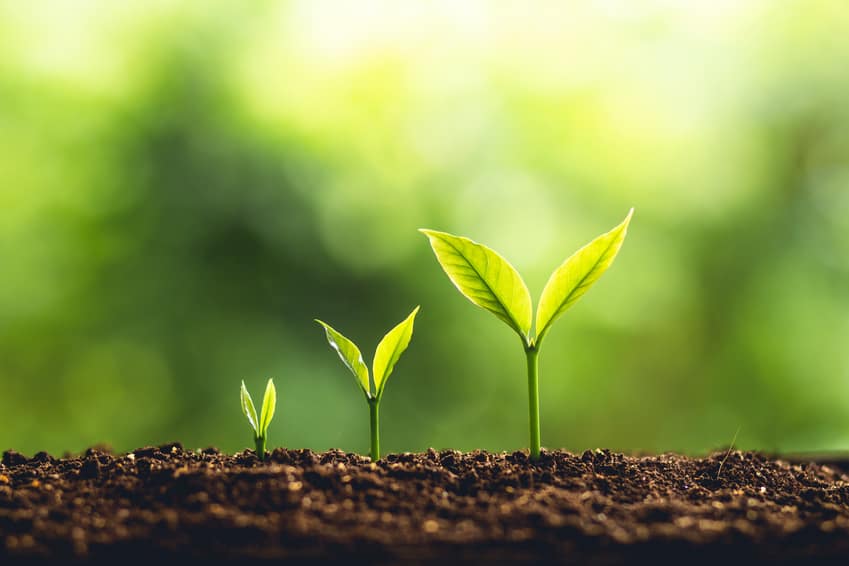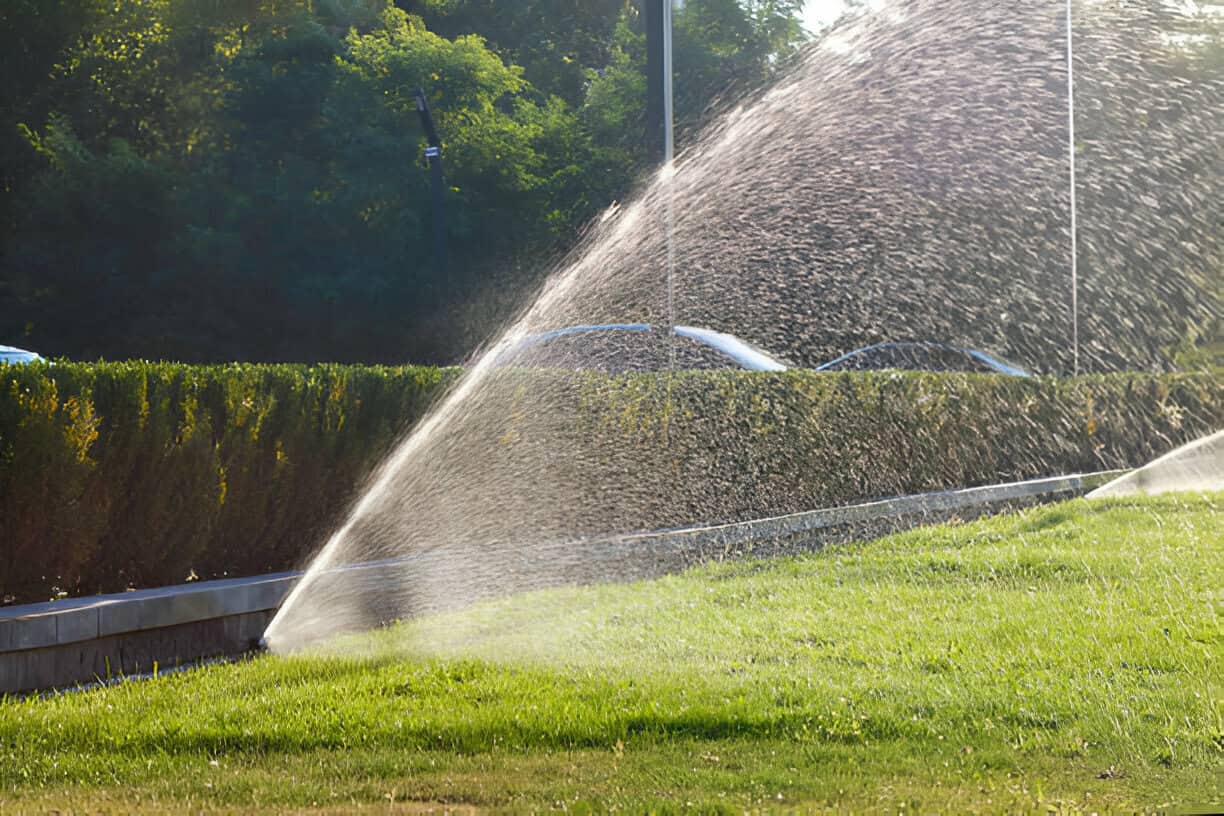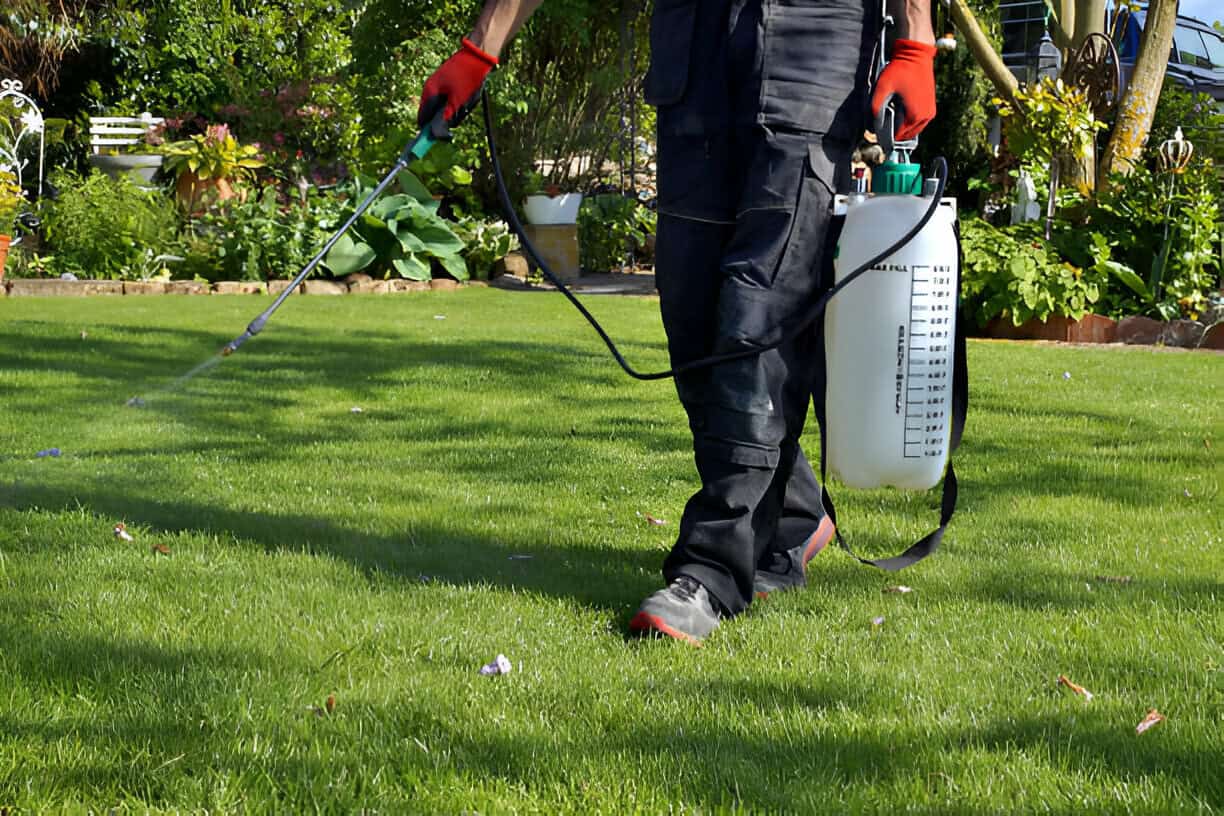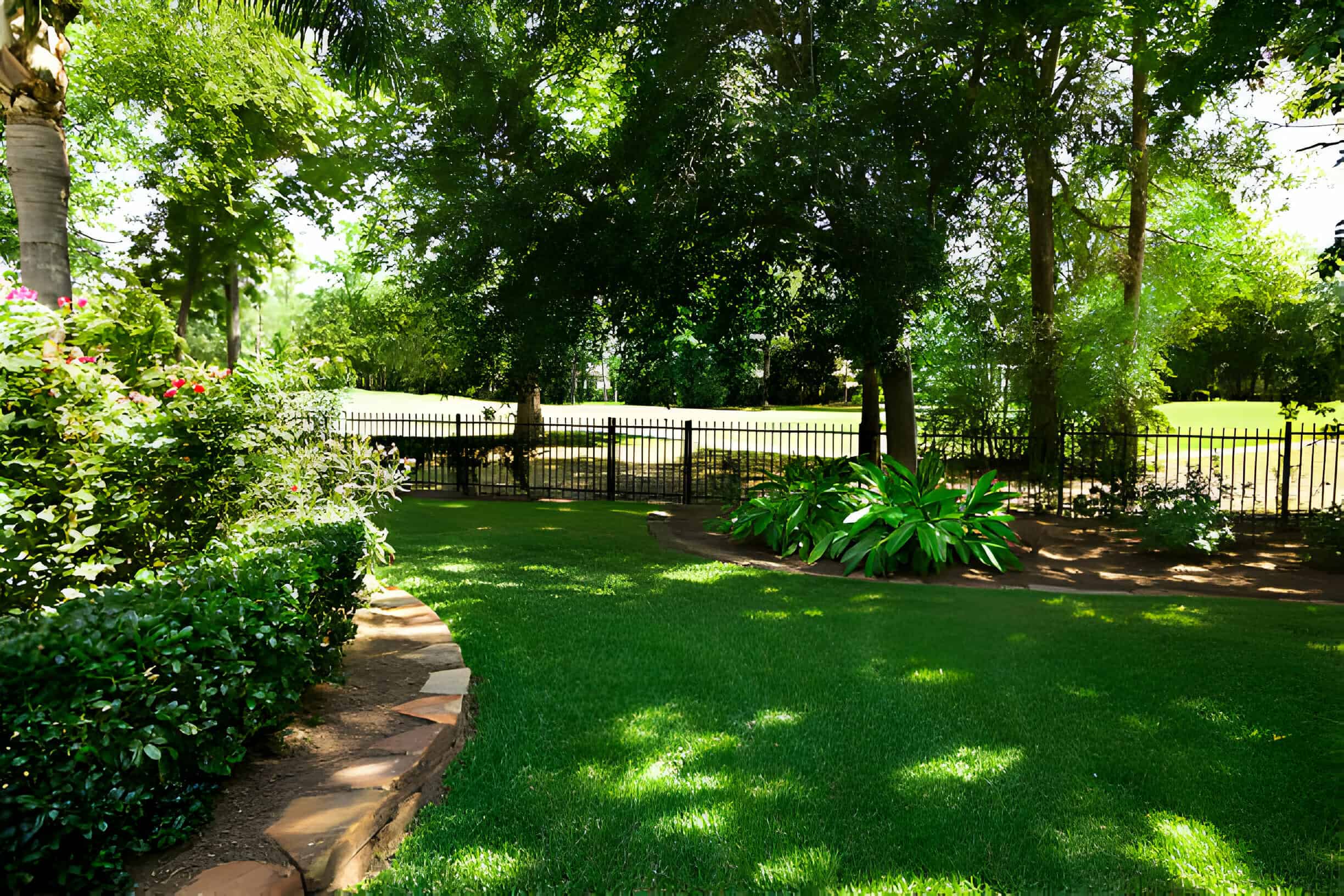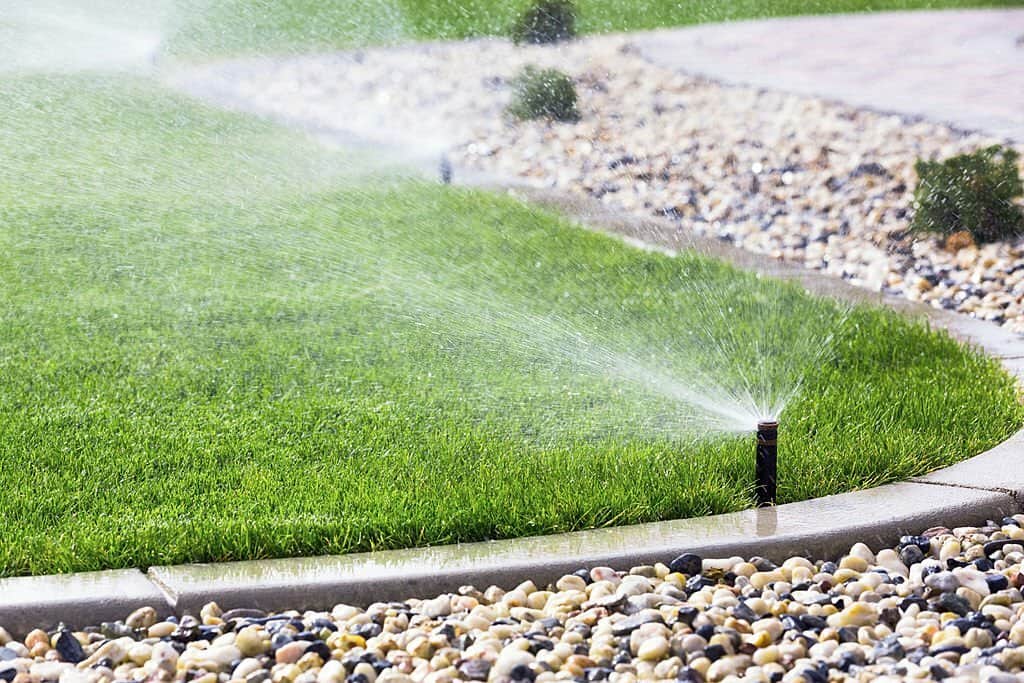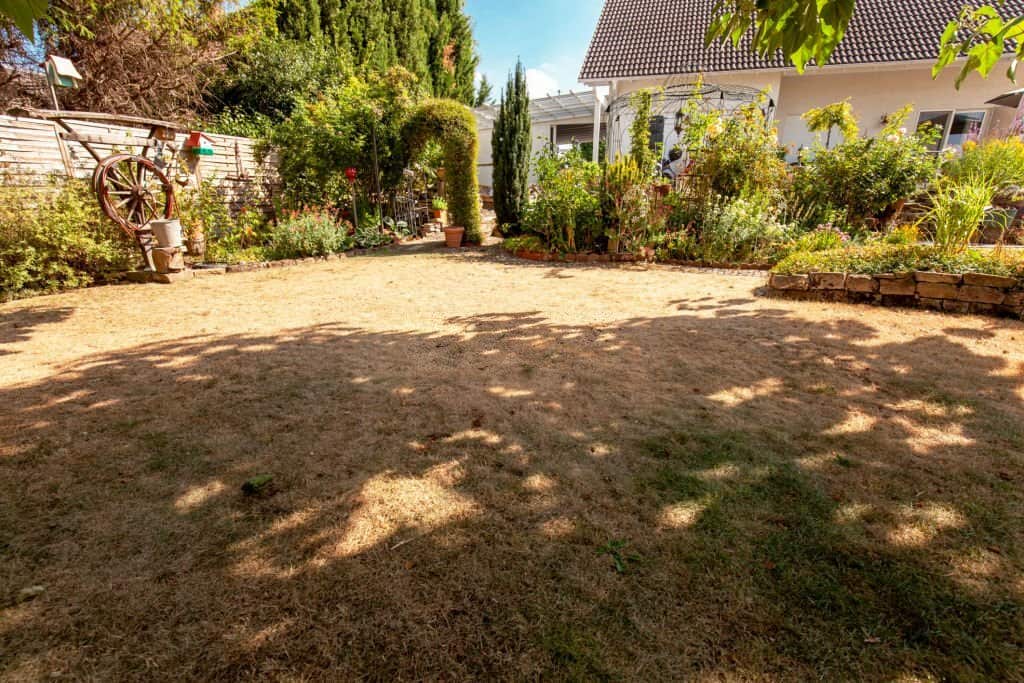Planting a new tree in your yard is a wonderful experience. You get to benefit from its ability to reduce CO2 (a single tree can absorb 48lbs of CO2 in just one year), know that you’ve given a little back after all the paper you’ve used in your life, and have made a beautiful new addition to your landscape.
However, a newly planted tree is also quite vulnerable; to ensure it doesn’t croak before the season changes, you need to commit to your lawn care and yard work routine. One of the best ways to help your little tree along is to surround it with mulch. Let’s take a look at why mulch is a tree’s best friend.
- Insulation: Most trees need to be planted either in the fall or the spring. When you mulch them, you provide a thick layer that acts as a buffer; when it gets cooler in the winter, your tree’s roots won’t be as easily exposed to the killing colds. At the same time, mulch prevents trees from desiccating during scorching summer heat waves.
- Water Retention: It’s recommended that mulch be placed in layers between two and four inches thick. The material is excellent at absorbing and retaining water; this means that you will be able to spend less time watering while also maintaining assurance that high temperatures won’t dry your garden out.
- Weed Prevention: Weeds can kill off plants — especially vulnerable newly planted trees — by stealing their nutrients through root competition. However, new weeds will take much longer to grow when they’re covered in mulch because they have no access to the sun.
- Compaction Prevention: Soil compaction can suffocate plant roots, preventing them from being able to absorb nutrients. Mulch prevents this by taking the brunt of any compaction, thereby leaving the soil underneath loose.
We know that yard work — from lawn mowing to landscaping — is not the most exciting part of your week. If you find yourself struggling to keep up with the demands of your back or front yard, you can always contact a lawn care service company, or landscaping company, to help you out.


